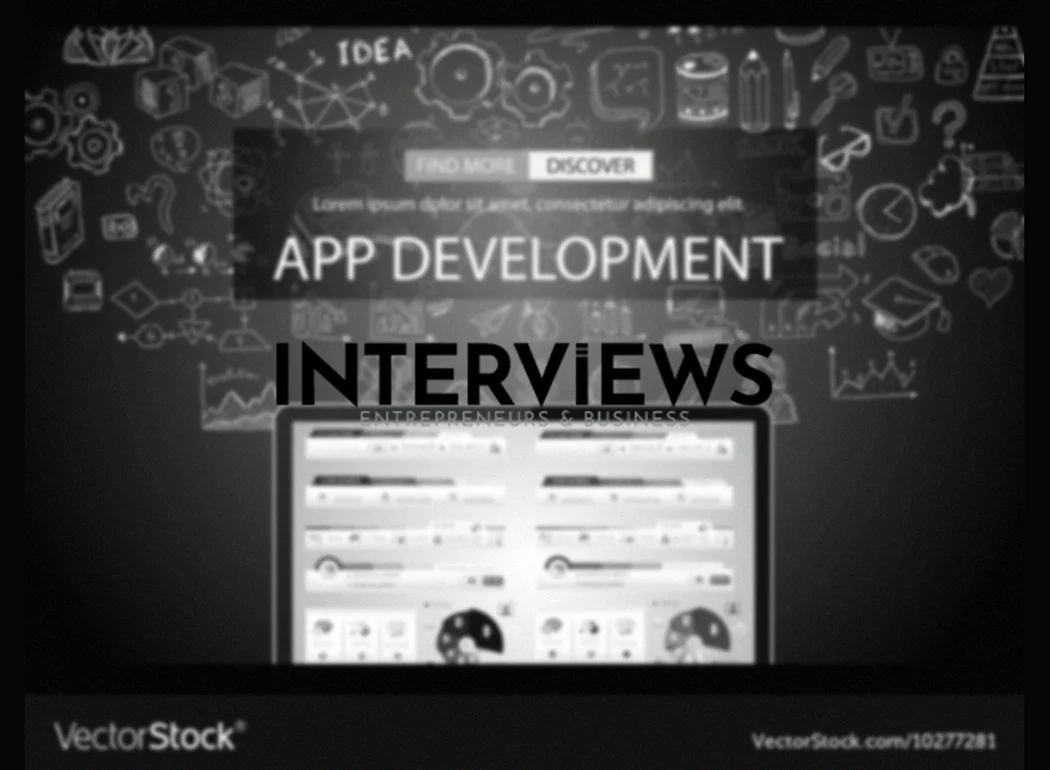So, You Want to Build the Next Big Social Media App? Let’s Talk Reality (and Costs)
Thinking about creating another TikTok or Instagram? Ambitious indeed. It’s like saying you want to create a car company but only know how to ride a bicycle. Every journey starts with a first step (and a hefty budget). Let’s explore what it requires to build a social media app, from development to dollars.
I. The Grand Social Media App Blueprint: Development Process
A. Discovery Phase: Finding Your ‘Why’
Before lines of code, you need an insight. It’s the discovery phase. Essentially, figure out if anyone wants your app. This involves:
- Product/Market Fit: Does your amazing idea solve a problem for users? ‘Yet another photo-sharing app’ won’t work unless you have a unique angle.
- Target Audience: Who are you building this for? Gen Z? Cat lovers? Knowing your audience is crucial.
- Unique Selling Proposition (USP): What sets your app apart? Why should anyone choose yours over countless others? Your USP is what makes you stand out.
B. Functionality: What Will Your App Actually Do?
Features matter. What can users do? Share photos? Short videos? Define core functions. Don’t add every feature from day one; keep it focused.
C. Design: Making it Look Good (and Work Well)
It’s time to create a prototype. Think of it as the first draft of your app. Then comes UI/UX design. UI is how it looks; UX is user experience. Good design involves aesthetics and usability.
D. Development: Coding Magic (or Mayhem)
The nitty-gritty. Developers turn design into a working app. Will it be for iOS, Android, or both? This stage involves the bulk of technical work.
E. Testing, Deployment, and Optimization: The Triumphant (Hopefully) Trio
Before launching, test your app. Find bugs and ensure smooth operation. Deployment means launching your app via app stores. Optimization is making it faster and user-friendly.
F. Post-Release Support: Because Apps Aren’t Set-and-Forget
Your app is live! But don’t think the journey ends here. Users will have questions, encounter issues, and expect updates. Post-release support keeps users happy and your app functioning well.
II. Show Me the Money: Social Media App Costs
A. Overall Cost: Brace Yourself
Building a social media platform is costly. We’re looking at anywhere from $30,000 to $500,000 or even more. Yes, really. It’s like the price of a house – depends on location, size, and how fancy you want to be. Price swings can include:
- Complexity: Simple app or feature-packed behemoth?
- Features: Basic sharing or live video streaming with filters?
- Building from Scratch vs. Existing Platforms: A custom-built app or a souped-up version of existing solutions? Building from the ground up is pricier.
B. Development Costs: Breaking it Down
Let’s break down development costs:
- Basic Social Network App: $30,000 – $60,000. Think bare-bones – profiles, basic posting, maybe some messaging.
- Medium Complexity: $80,000 – $150,000. More features, custom design, maybe some integrations. Getting fancier.
- Highly Complex App: $150,000 – $500,000+. Instagram level? Prepare your wallet. Advanced features and intricate design.
What increases development costs?
- Complexity: More features mean more development time.
- Platform Development: iOS, Android, web app – each has its own cost implications.
- Design (UI/UX) Quality: Cheap design or top-notch experience?
- Technology Stack: Choosing the right programming languages and frameworks affects costs.
- Team/Freelancer Costs: Hiring skilled developers and designers can be expensive. Freelancers may be cheaper but require management.
C. Other Costs: The Hidden Expenses
Development isn’t everything. Remember ongoing expenses:
- Server Costs: $500 – $20,000+ per month. Hosting isn’t free. More users mean higher server costs.
- Legal Compliance: Data privacy and terms of service can be costly but are necessary.
- Marketing and User Acquisition: $10,000 – $100,000+. Building it is only half the battle. Marketing costs money.
- Maintenance and Updates: Bugs happen. Security issues arise, and users want new features. Maintenance costs money.
III. Timeframe: How Long Will This Take?
A. Development Time: Patience is a Virtue
Building a social media app isn’t quick. Expect it to take 6 months to over a year from idea to launch. Good things take time.
B. Standard Mobile App Development Timeline: Complexity = Time
For a social media platform, you’re looking at a development timeline of 7-12+ months. Simple apps might take 2-4 months, medium apps around 4-7 months.
IV. Making Money: Monetization Strategies
You’ve invested time and money. How do you earn from it?
- Advertising: The go-to revenue model. Display targeted ads to users and get paid by businesses wanting your audience.
- Subscriptions: Offer premium features for a recurring fee. Give users a reason to pay for more.
V. Platform Power-Ups: Growth Strategies
A. Easiest Platforms to Grow On: Where to Get Noticed
Want to boost your presence? Some platforms are more growth-friendly:
- TikTok: The king of viral content right now. Great for younger users.
- Instagram: Visually focused with a huge influencer community.
- YouTube: A broad audience reach for long-form content.
B. Social Media Rules of Engagement: Content Strategies That (Might) Work
Content reigns in social media. Here are some principles:
- 30/60/10 Principle: 30% original content, 60% curated, 10% promotional. Balance is key.
- 80/20 Rule: 80% should inform or entertain; only 20% should promote.
- 70/20/10 Strategy: 70% proven content, 20% shared content, 10% calls to action.
VI. Important Reality Checks: Things to Seriously Consider
A. Expertise: You Can’t Wing It
a Genius)
Creating a social media platform requires tech skills. You must know web and app development. If you cannot code, find a skilled team to assist you.
B. Difficulty: Spoiler Alert – It’s Hard
Let’s be honest: building a social media app is hard. It is not a simple task. Expect many challenges. You will face frustrations and may question your decisions. However, success can bring significant rewards.
C. Profitability: No Guarantees, Just Potential
Can it generate profit? Yes, if your app grows and is well-received. A solid business model is essential. Remember, ‘potential’ does not mean ‘sure profits.’ Many apps struggle. Success relies on execution, market fit, and some luck.
D. Free Options: Proceed with Caution
Can you build a *basic* app for free? Maybe. However, be aware of limitations. Free builders offer less quality. They often include hidden costs and lack features critical for competition.
E. Legal Landmines: Stay Out of Trouble
Social media laws change frequently. Ignoring compliance can lead to big issues. Many startups fail due to legal missteps. Avoid this mistake.
F. Essentials: Interaction is Key
What makes an app social? Interaction! Design features that foster user interaction and content creation. Include options like comments, likes, shares, messaging, and creation tools.
VII. App Maintenance: The Never-Ending Story (and Cost)
A. Cost: Think Long-Term
App maintenance is ongoing. It is not a one-time cost. Plan to spend around 15-20% of your initial development cost *every year* on maintenance.
B. Factors: What Drives Maintenance Costs?
Maintenance includes essential tasks:
- Security updates (to protect users and data)
- Bug fixes (because they occur)
- Server costs (hosting expenses)
- Performance optimization (ensures smooth operations)
- App store fees (some charge ongoing fees)
- Data storage (grows with user base)
- Third-party API costs (if using external services)
VIII. Social Media Stats: Know the Landscape
A. Top Platforms by Users: The Big Players
Who are the leading platforms? The biggest by users are:
- YouTube
These are your competitors or potential partners.
B. Fastest Growing: Trending Upwards
Right now, Instagram shows the fastest growth. This is useful info if you track trends.
C. Time Spent: Attention Spans (and Where They’re Going)
Users spend a significant amount of time on social media. Here’s a breakdown:
- Gen Z: ~2 hours 43 minutes daily.
- Women (45-54): 2 hours 4 minutes daily.
- Men (45-54): 1 hour 51 minutes daily.
Knowing user habits helps in targeting your audience.
Thus, building a social media app is a long process, not quick or cheap. With proper planning, resources, and realism, you may create a standout app. Or, you might learn valuable lessons along the way. Good luck, fearless innovator.





